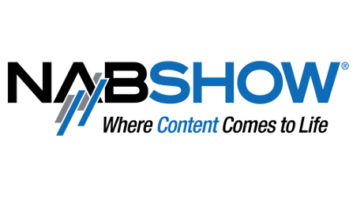WASHINGTON — Broadcasters and computer companies continue to spar over the highest and best use of spectrum, in this case spectrum broadcasters use for newsgathering and computer companies’ desire for more unlicensed spectrum for broadband.
In meetings with top FCC officials, the National Association of Broadcasters said the commission needs to get the answers to two key questions before it opens up the 6 GHz band to unlicensed use, a proposal the FCC plans to vote on at its public meeting next week.
That proposal is a Notice of Proposed Rulemaking and NAB wants the FCC to add those questions to the NPRM, which is a first step and will include more public comment before the FCC votes on a final order.
In calls with advisers to FCC chair Ajit Pai and Michael O’Rielly, NAB execs pointed out that broadcasters use the band for electronic news gathering, including portable transmitters on cameras and fixed links to transmit audio and video back to their studios.
While the FCC is proposing confining unlicensed use of the relevant portions of the band (U-NII-6 and U-NII-8) to indoor operations, that does not mitigate potential interference to indoor broadcast uses like sports venues and political conventions, or that the newsgathering operation fixed links could still run into interference from indoor unlicensed use.
NAB said it will provide more detail in its comments on the proceeding, but wants the FCC to gather a fuller record from others by adding these to the NRPM voted next week: “(1) whether unlicensed operations in the U-NII-6 and U-NII-8 bands should be confined to residential areas and how to effectively restrict those operations to residential areas; and (2) whether the database requirements applicable to standard power unlicensed operations in other bands should also apply to low power operations in the U-NII-6 and U-NII-8 bands.”
A phalanx of computer giants including Apple, Microsoft, Cisco, and Google among them, are pushing back.
In a letter responding to NAB’s concerns, they said limiting unlicensed operations to residential areas would be a crippling blow and tells the FCC there is no need to add more questions.
“While NAB asserts that low-power indoor RLAN operations may cause harmful interference to broadcast auxiliary service operations, the draft NPRM specifically addresses these scenarios, and anticipates that there is no significant harmful interference risk,”
“If NAB disagrees with this assessment, it will have ample opportunity to submit evidence to support its position during the comment phase of this proceeding,” including “more complete suggestions, supported by technical analysis. The NPRM already includes several paragraphs of questions that seek comment on these precise issues.”
The companies said that NAB (and some other filers with interference concerns) “ask the Commission to impose severe and unnecessary restrictions on unlicensed broadband use in the 6 GHz band. This unwarranted regulation would dramatically undermine investment
and the utility of the band for consumers and enterprises whose data needs require vast amounts of additional unlicensed mid-band spectrum. Furthermore, the draft NPRM that the Commission released on Oct. 2 already addresses the interference concerns
raised…”
The NPRM states at the outset that it will allow unlicensed use “only in locations and frequencies where they would not cause harmful interference to the licensed services in the band,” but just how that is determined is what NAB wants absolutely clear at the outset as well.











